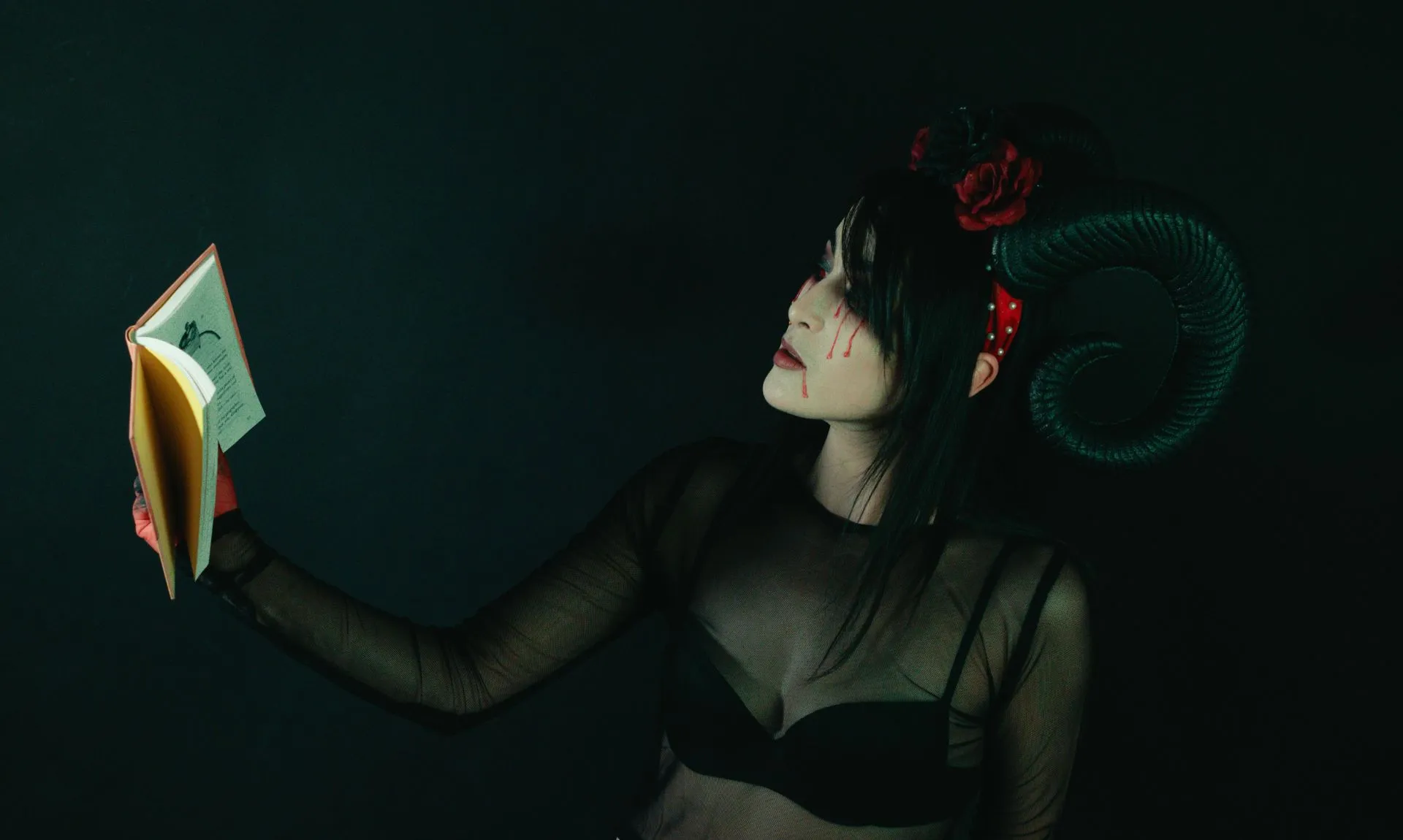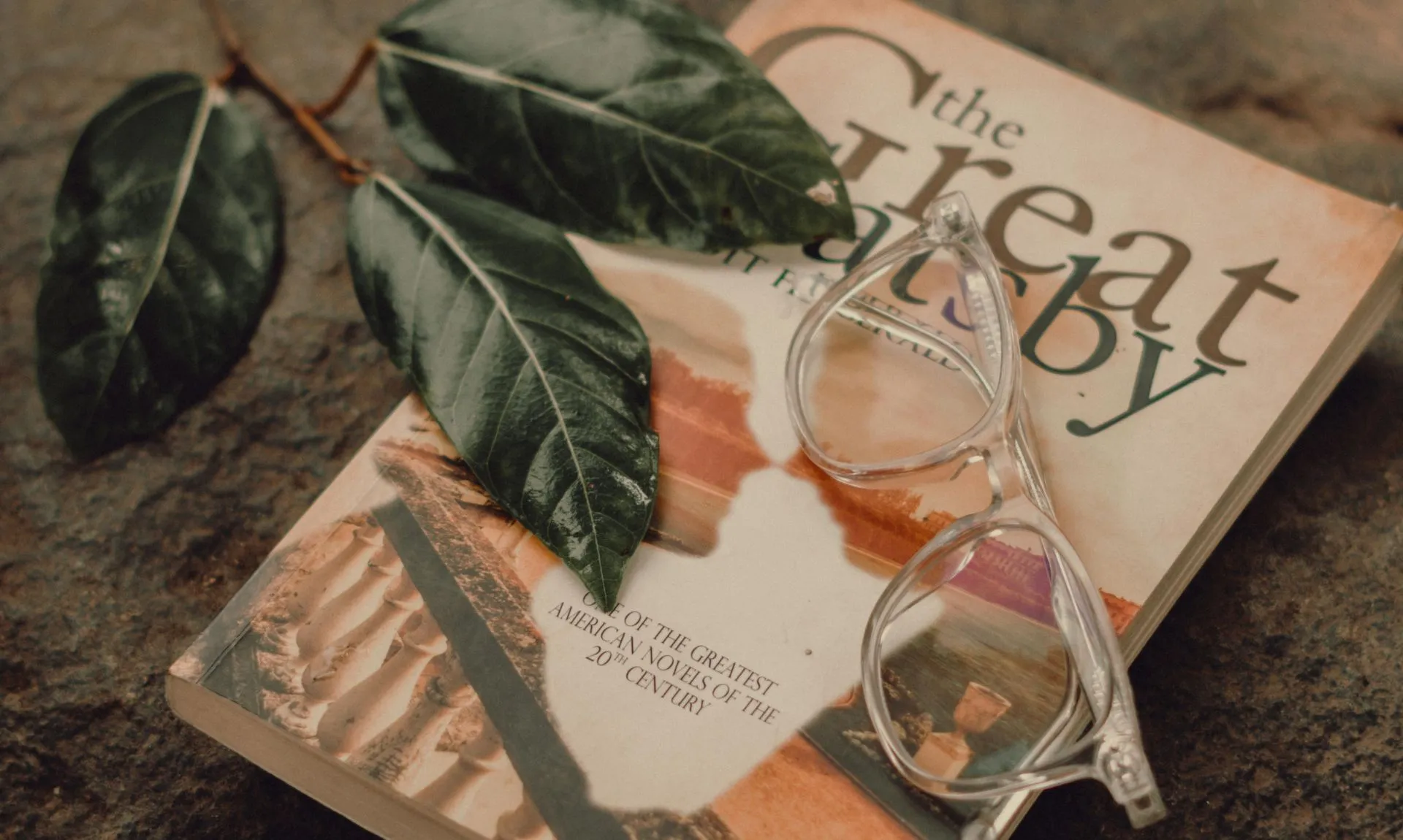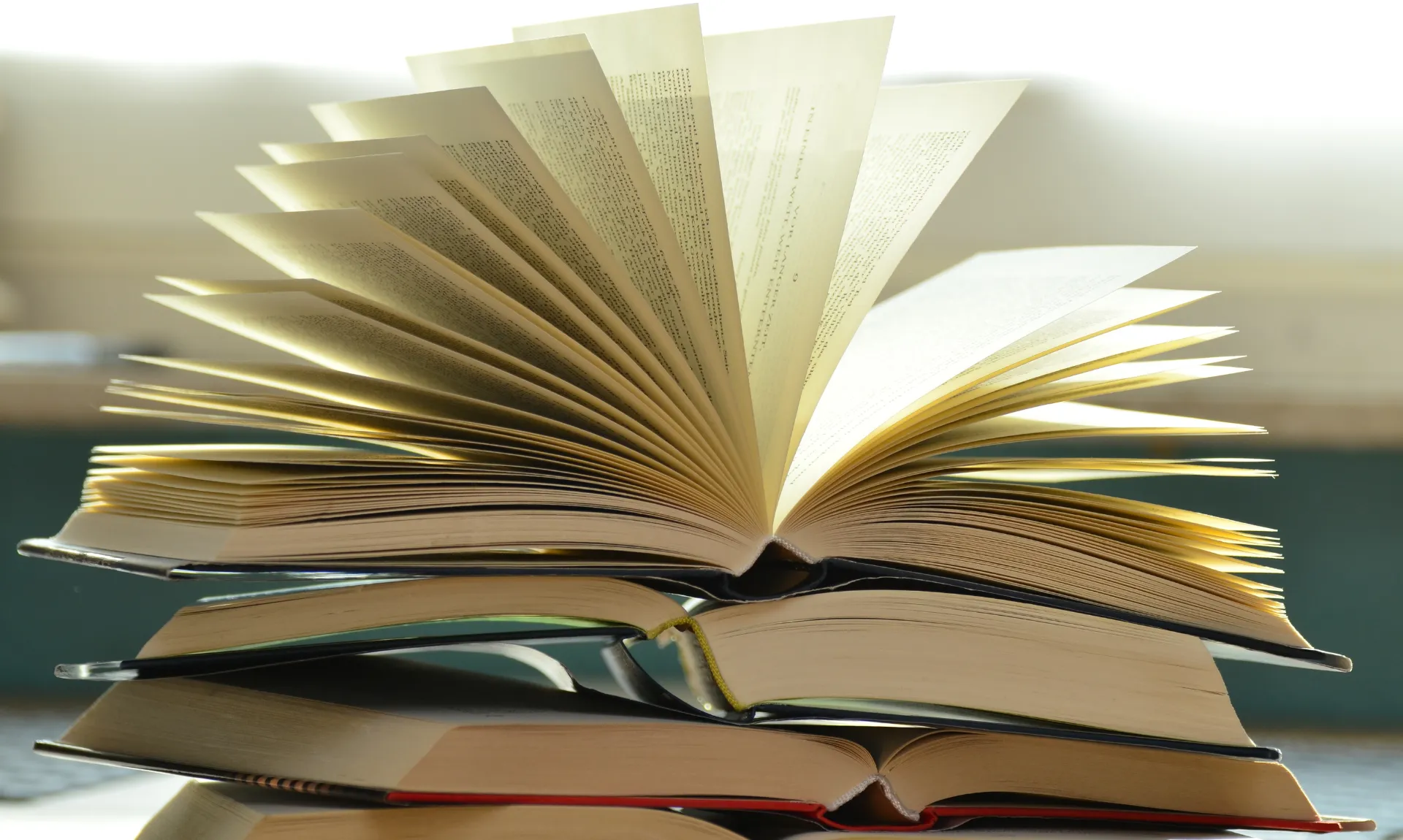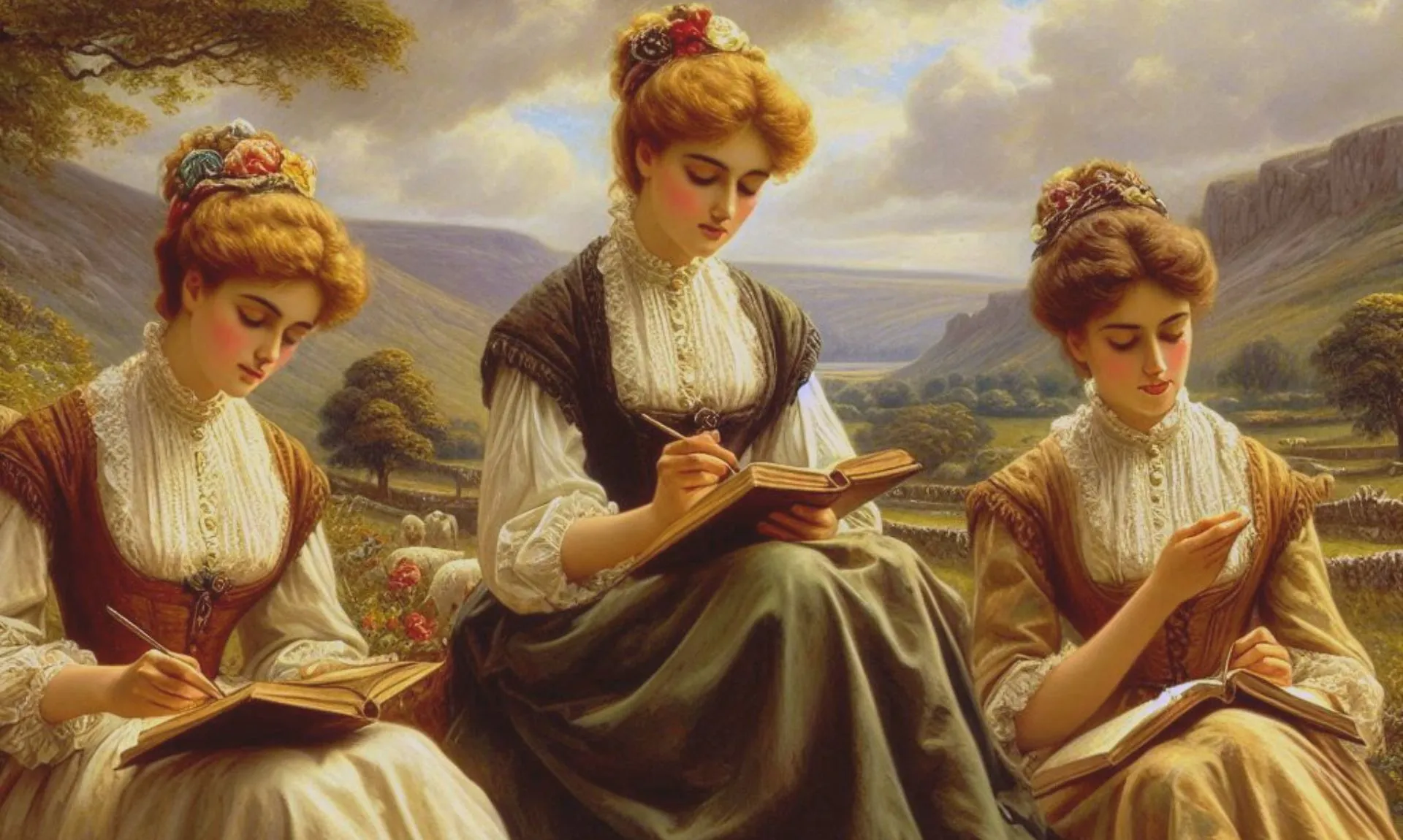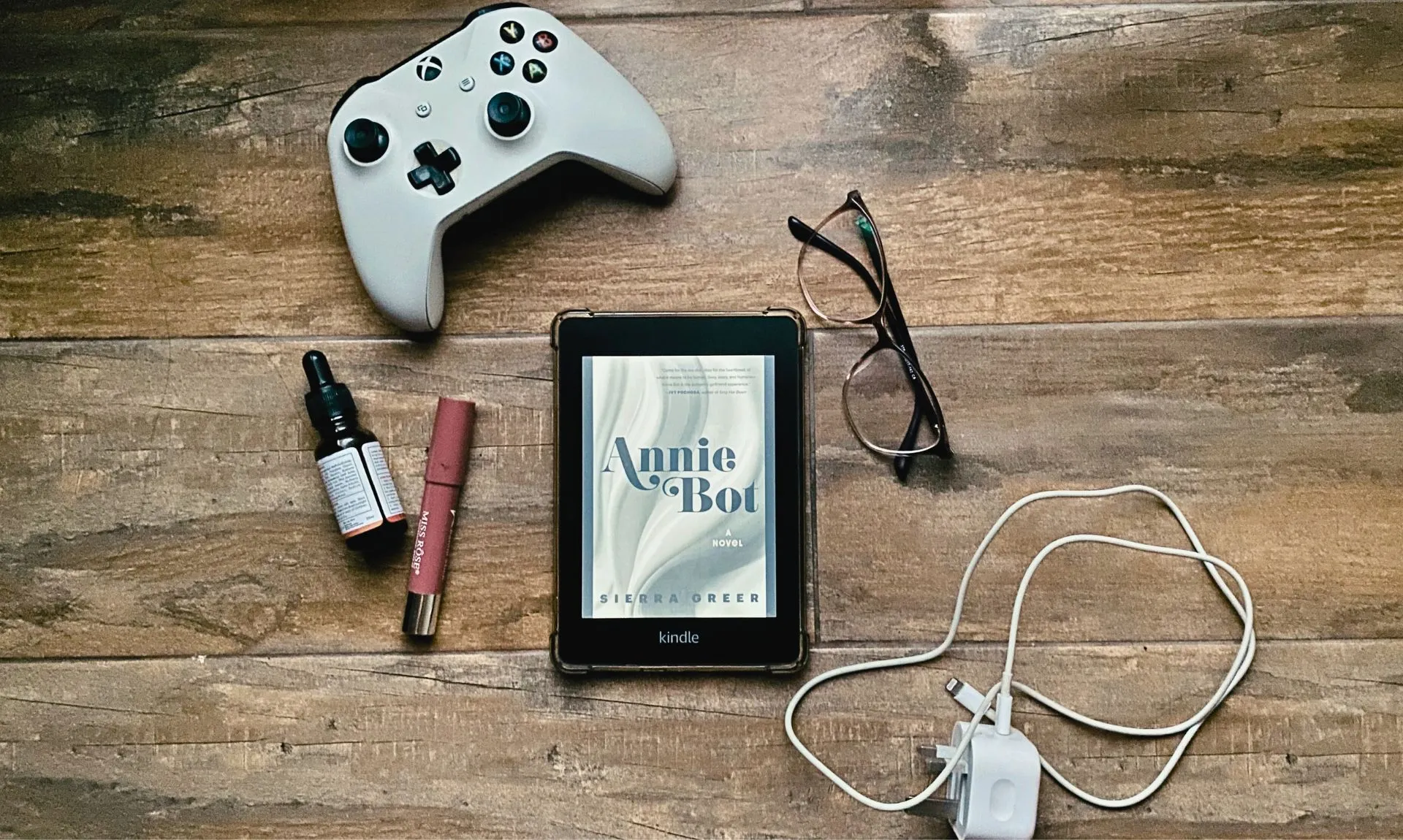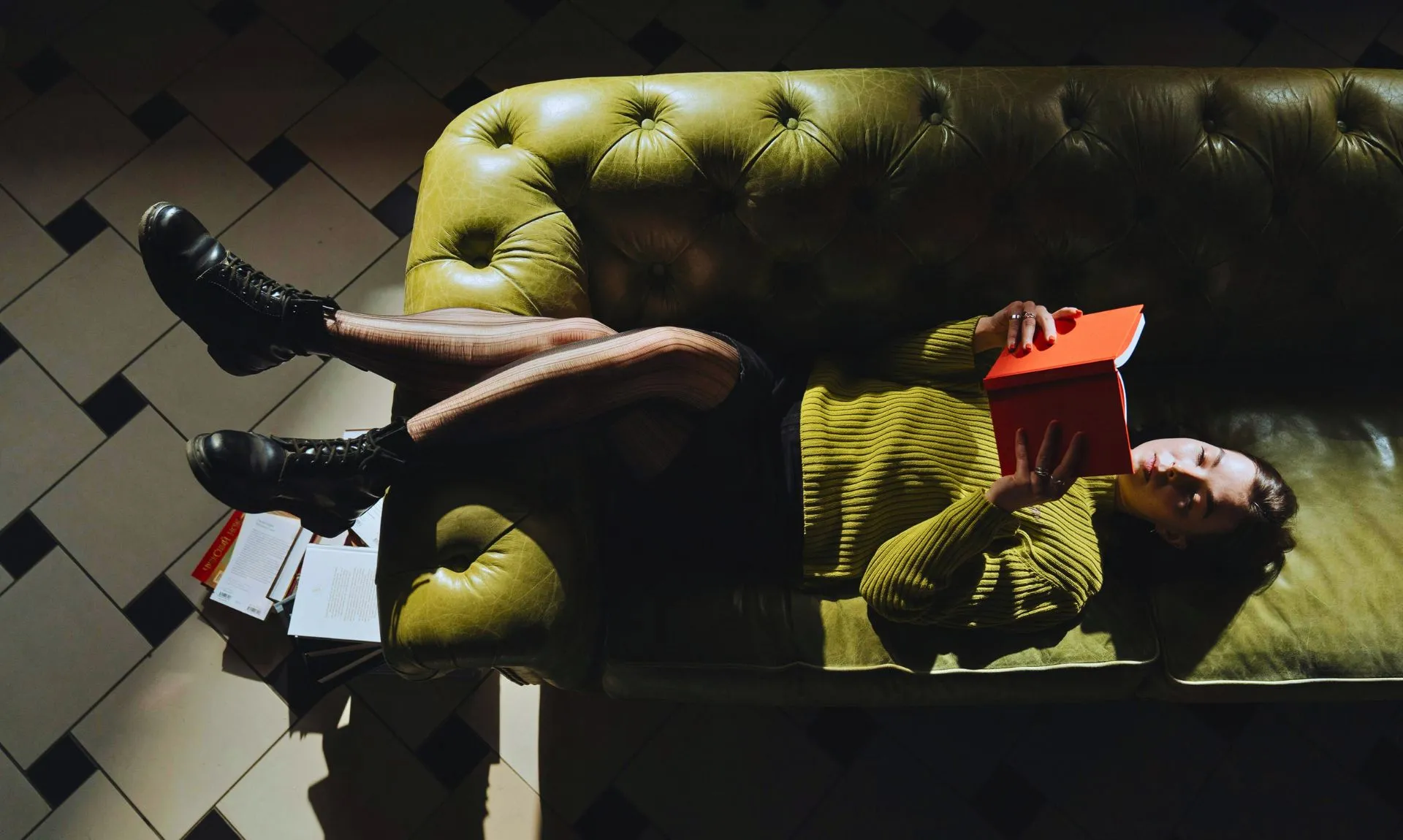
Sad Girl Literature Explained: The Viral Book Trend You Can’t Ignore
Table of Content
Every book channel and blog has at least one post about the Sad Girl book recommendations. In recent years, it seems as if the readers are devouring the books on the subject of the sad girl. There are sad girl clubs that recommend books with sad girl protagonists. People are literally craving for all the melancholy and sadness offered by these books. There are pages and groups dedicated specifically to this genre. Every release that has a sad girl on the cover or promises any such thing in the blurb is bound to succeed. It is as if all the readers derive pleasure from the misery of fictional women.
Who Is “Sad Girl” in Literature?
Sad girl literature is a sub-genre of contemporary fiction, classics, and even Gothic literature. Almost all the major genres have a sub-category that deals with the sad girl. Ironically, the name didn’t appear until recently. The old classics are getting a new perspective – all thanks to this term! There are novels by different authors from different regions that specifically focus on the life of a depressed woman and all of them are now being admired and hailed as the “sad girl fiction”.
We have Charlotte Brontë’s Jane Eyre set in England, Virginia Woolf’s Mrs. Dalloway set in modern England, Gustave Flaubert’s Madame Bovary set in rural France, Leo Tolstoy’s Anna Karenina set in Russia, Sylvia Plath’s The Bell Jar set in the US, each focusing on female protagonist who is deeply dejected in her life.
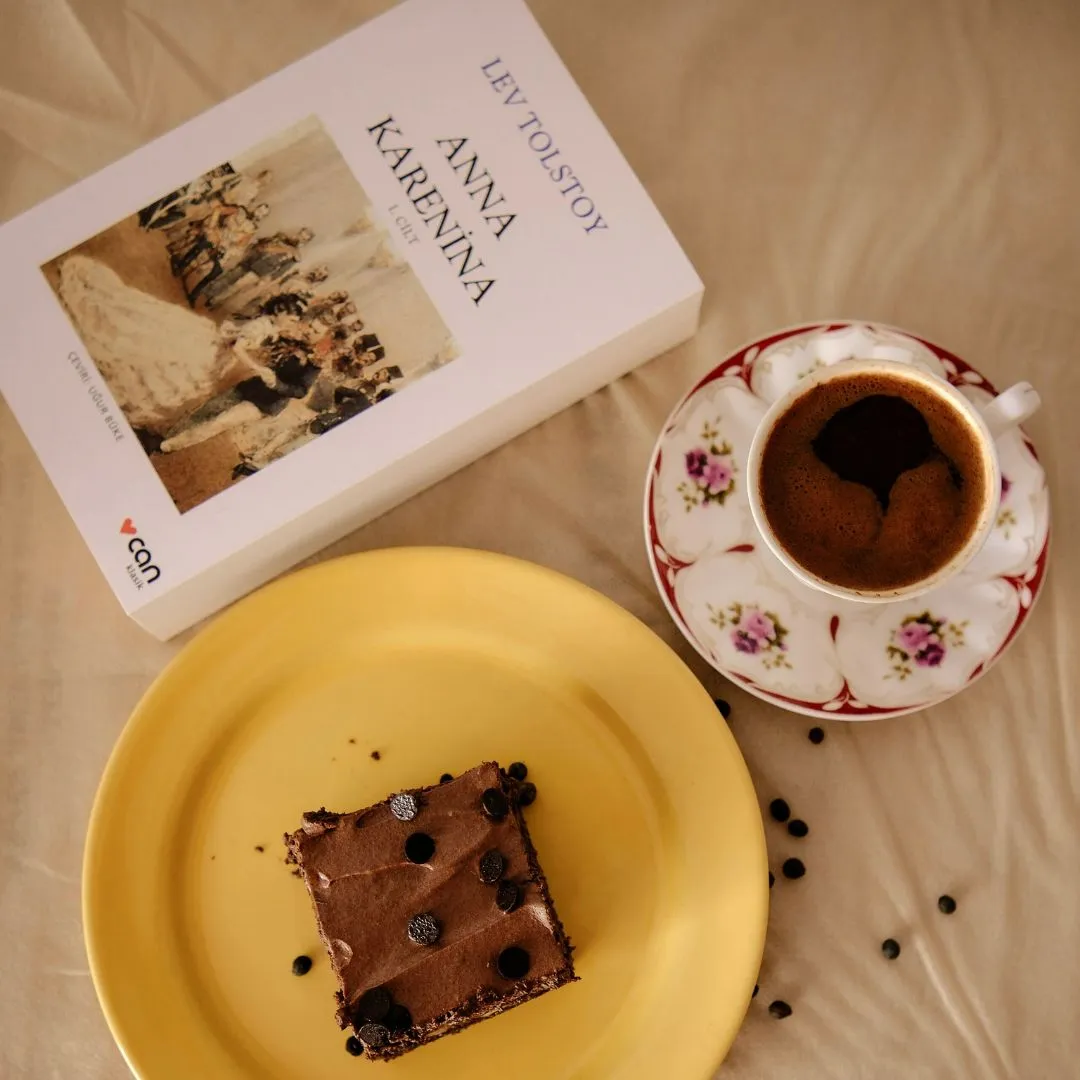
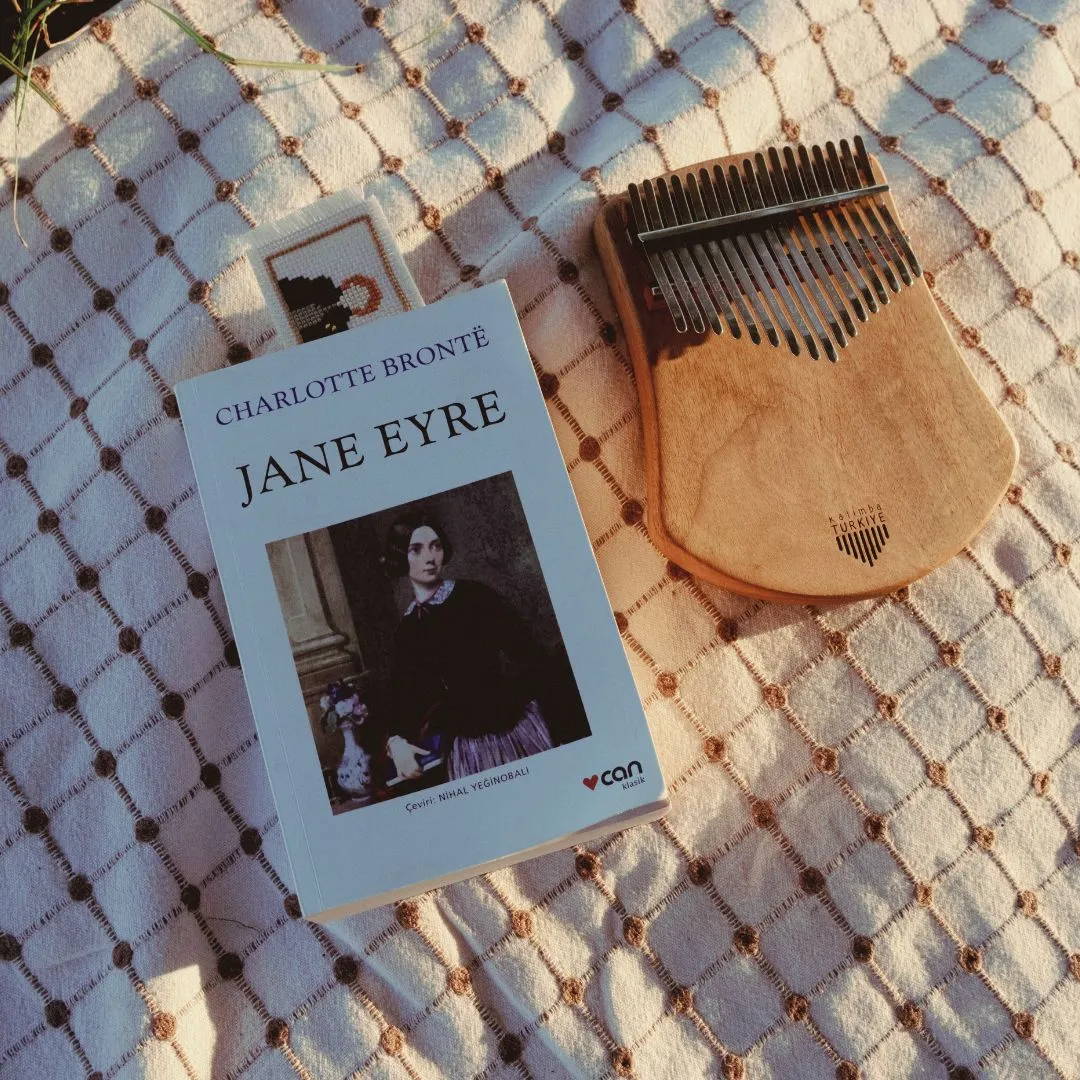
Contemporary reads such as My Dark Vanessa by Kate Elizabeth Russell and My Year of Rest and Relaxation by Ottessa Moshfegh have attracted a huge fan base over the years. Most of the sad girl book clubs online recommend these books as their favorite reads.
There are also underrated gems explored by sad girl book clubs but mostly unknown to the new readers, such as All the Lovers in the Night by Mieko Kawakami, Speak by Laurie Halse Anderson, My Last Innocent Year by Daisy Alpert Florin, and even contemporary sci-fi Annie Bot by Sierra Greer that deal with sad and depressing female protagonists.
All these books reveal girls from different countries, different time periods, at different ages, and with different backstories, but the same issue. They are sad. They are unsatisfied. They are deeply unhappy with life.
The Features of a “Sad Girl”
The “sad girl” is typically a teen or woman in her 20s or 30s. She might be studying or working, seemingly functional on the surface, but there is an unshakable void beneath it all that nothing seems to fill. She is melancholic and her life focuses on the complexities of womanhood.
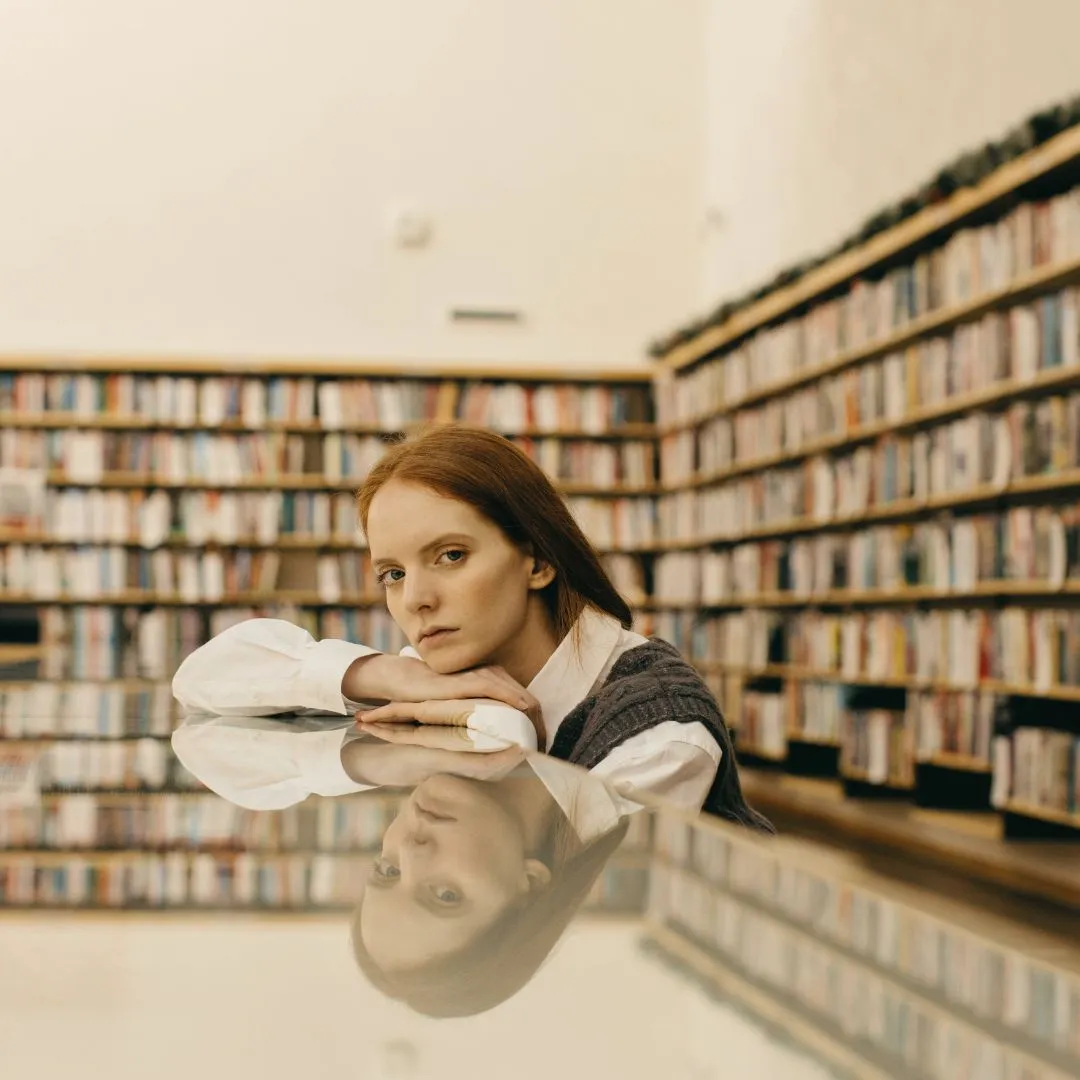
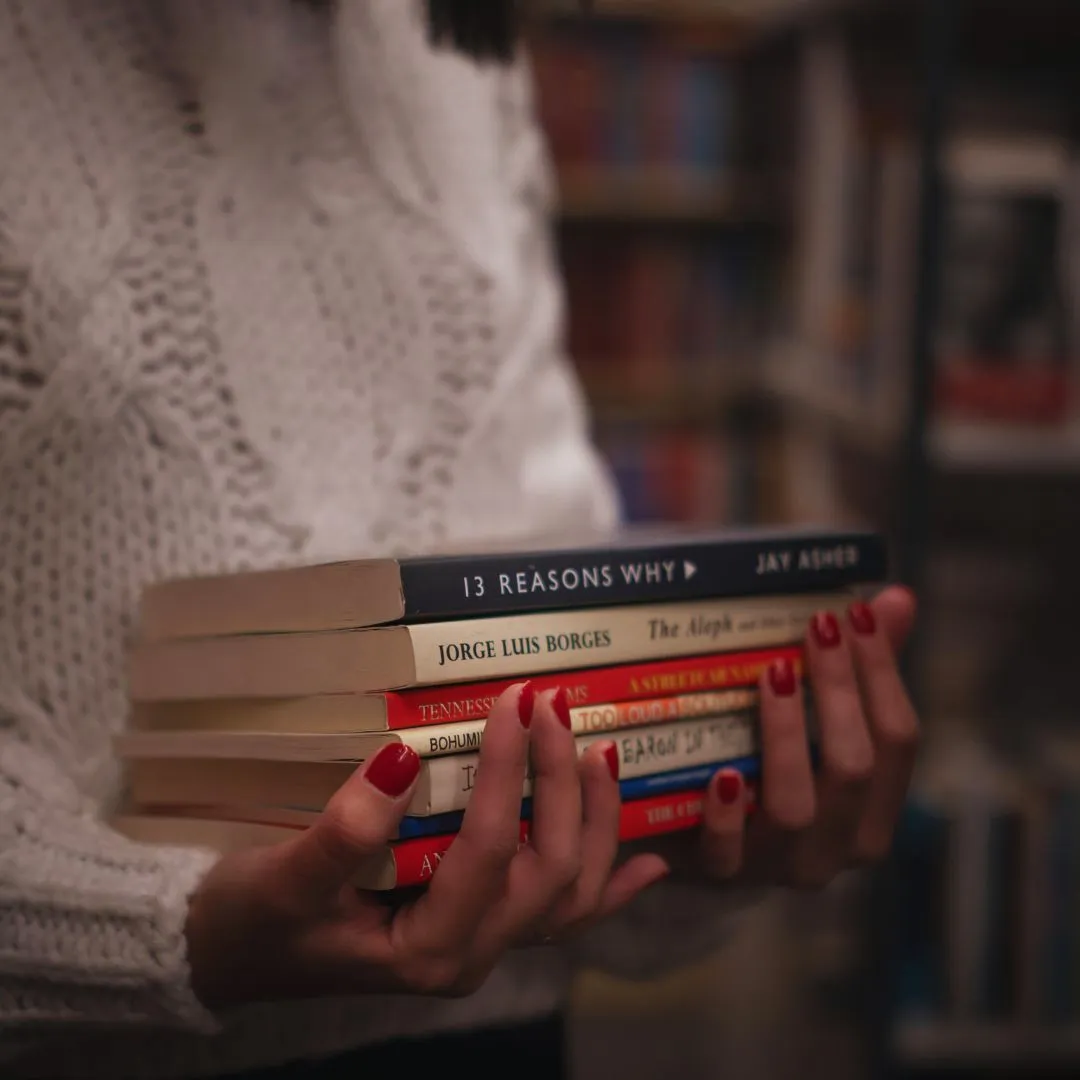
The “sad girl” is a victim of circumstances, mostly sexual assault or abuse in general. There are personal actions and choices as well that lead to her tragedy but there is always a context to it. Gender roles play a vital role in creating the unresolved identity crisis. The tragic past is often revisited and explored to understand the immense sadness that rules the young woman’s life.
These novels rely on the stream of consciousness of their female protagonist. The reader gets to know about everything from HER perspective. The sad girl books thus play a very important role in highlighting women’s stories from a feminine perspective.
Sad girl books are usually told in first-person, letting you hear the main character’s unfiltered thoughts. She is often dealing with mental health struggles and inner conflicts, and her story represents all the voices that have gone unheard. There are surely omniscient third-person narrators as well in some cases, the main point is that the narrative exposes the sadness of female existence.
What Makes “Sad Girl Literature” Relevant?
The sad girl literature is quite popular among readers of all ages. The Millennials and Gen-Z admire it alike. There is something about the sufferings of these poor young women that attracts a vast readership.
One of the key reasons why sad girl literature feels so powerful and relevant today is its raw and honest portrayal of female mental health. While women have always struggled with issues like depression, anxiety, guilt, and hopelessness as obvious in the classics I have mentioned above, these topics were rarely talked about openly.
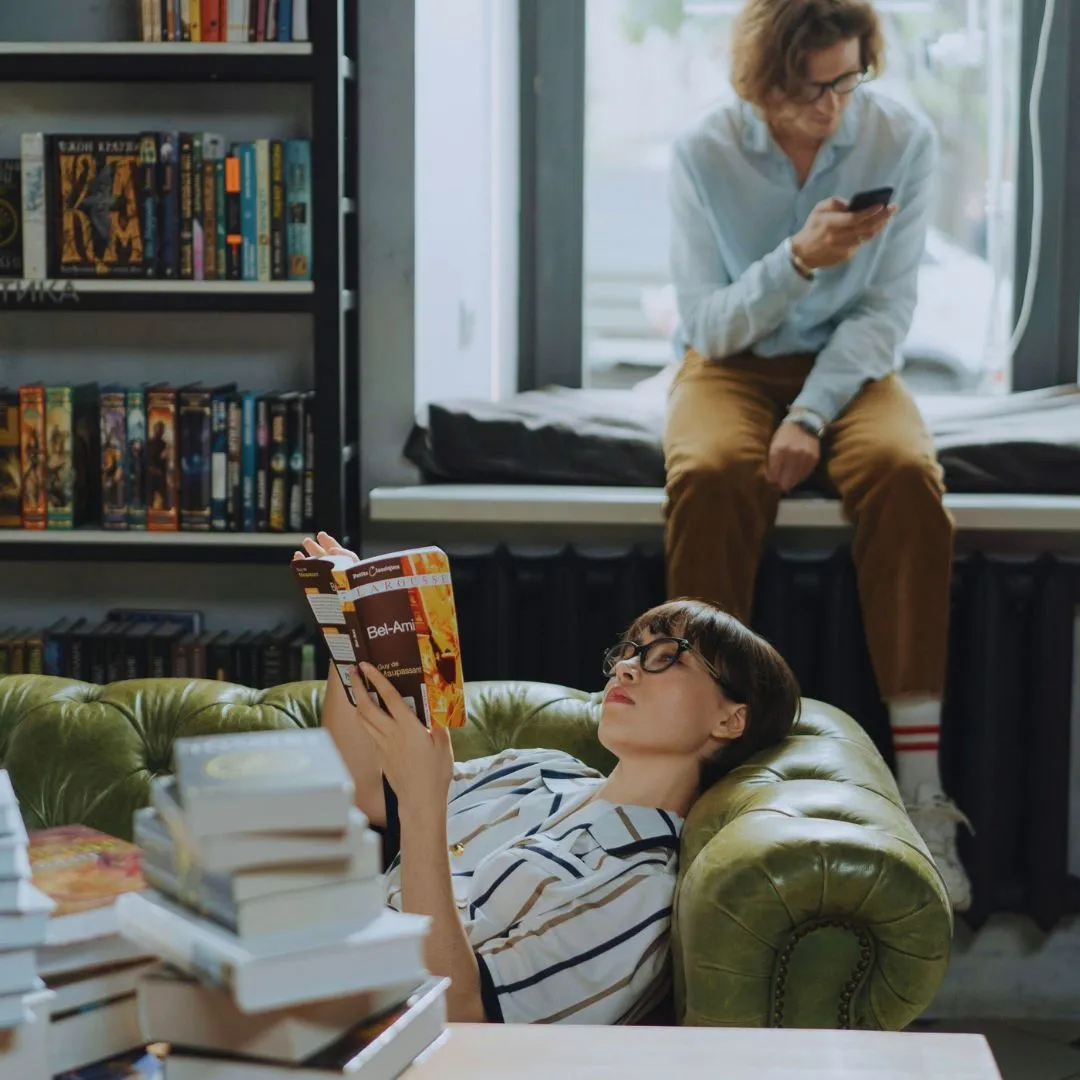
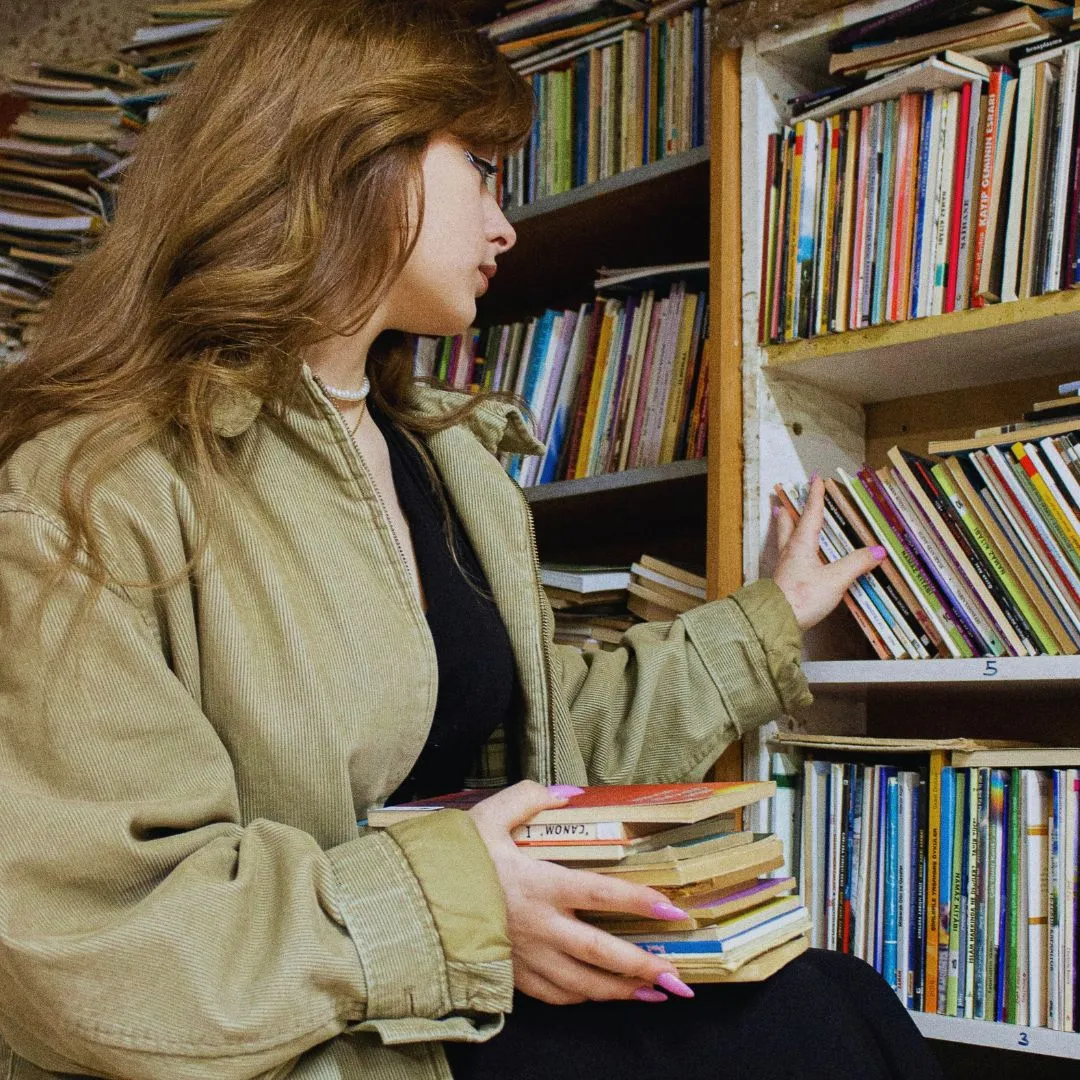
The female empowerment movements like #MeToo have led to a cultural shift. The emotions and experiences of females are not just being acknowledged, they are being validated by the stories of fictional women whose lives are inspired by real-life events. Sad girl books give a voice to the silent struggles of all the females around the world. And while emotions like fear, loneliness, or existential dread are universal, it’s this genre that really dives into them from a uniquely female perspective.
Ironically, these books are comforting as well because we finally find a character that has worse fears and dilemmas than us and still manages to move on with daily life chores.
Are The Contemporary Readers Obsessed with Pain?
The rising reading trend of sad girl literature among the book clubs and general readers alike raises a very important question. Is the contemporary generation obsessed with pain? Maybe, we are! We want to hear about the most tragic and devastating stories because how else will we ever find a justification for our own complex and unnamed miseries?
The pain in sad girl literature makes us feel “okay” with our real-life issues. I remember while reading All the Lovers In the Night, I felt that my job as a freelance writer was not as bad, that the lack of connections was not that bad, and that there was someone out there in even worse condition than me. I found the character relatable as well as tragic. I hated to see her suffer but I also loved how relatable it was to me, and low-key enjoyed the fact that my life was not as bad as hers.
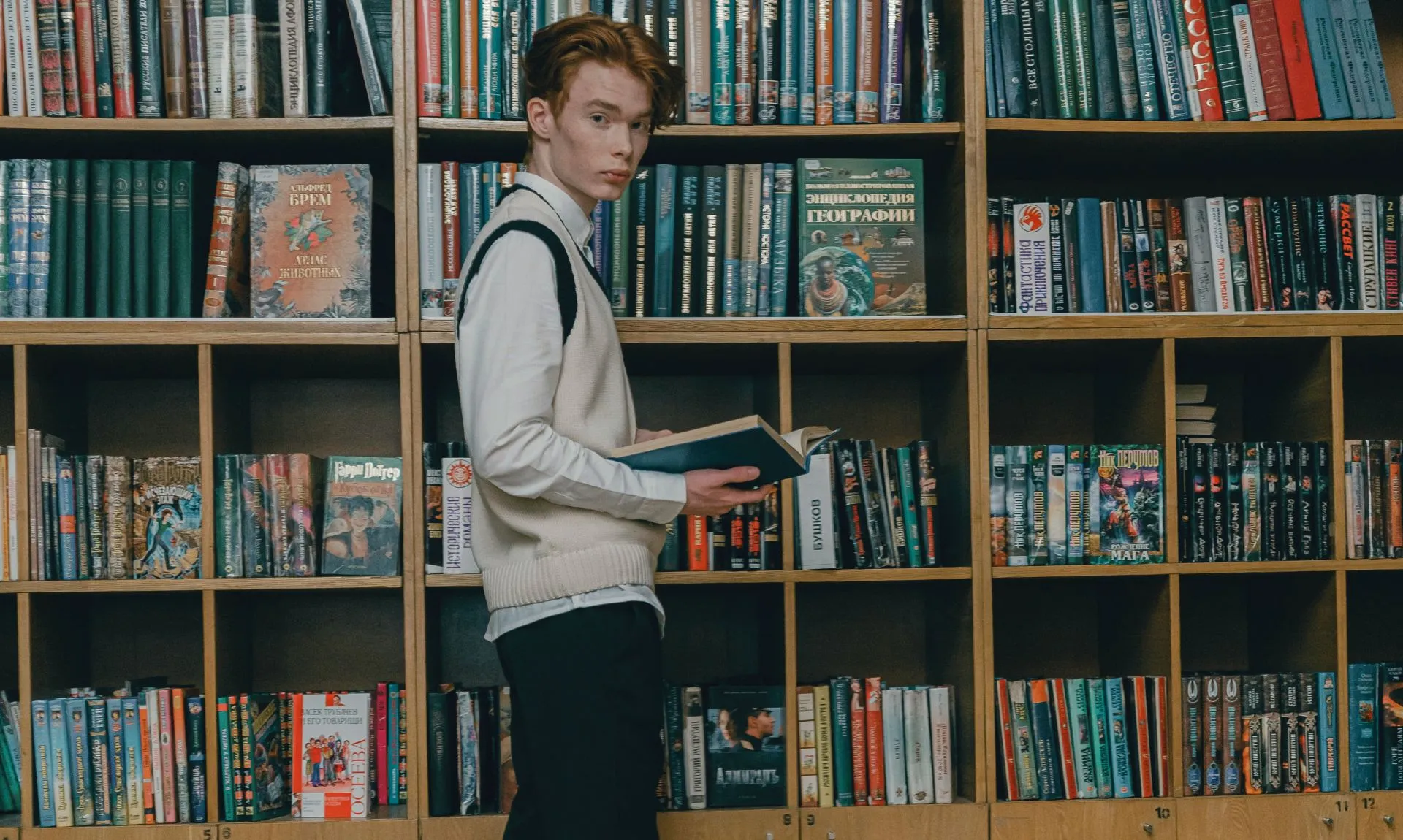
Sad Girl Fiction: Awareness or Aesthetics?
I realize that the Sad Girl literature raises awareness about important issues concerning female existence. I have learned a lot about the multiple factors that lead to anxiety and depression among women. The annoyingly comical expression of what a woman wants? finally gets explored (and answered!) with real depth in this genre. Sad girl fiction doesn’t shy away from tough topics; it leans into them with complete honesty and devotion.
While sad girl literature dives deep into emotional truths, on Instagram, Pinterest, TikTok, and YouTube, it often feels more like an aesthetic than a conversation. The posts are soaked in “sad girl” vibes. There are tragic books staged with warm-toned props, moody lighting, and melancholic setups. You’ll see beautified hands, probably beige or brown sweater peaking from one corner, in case of a full picture there would be eyes distant but dry, surrounded by vintage paperbacks, some black coffee or tea (because of course sadness drinks it black or hot), and maybe a journal or two.
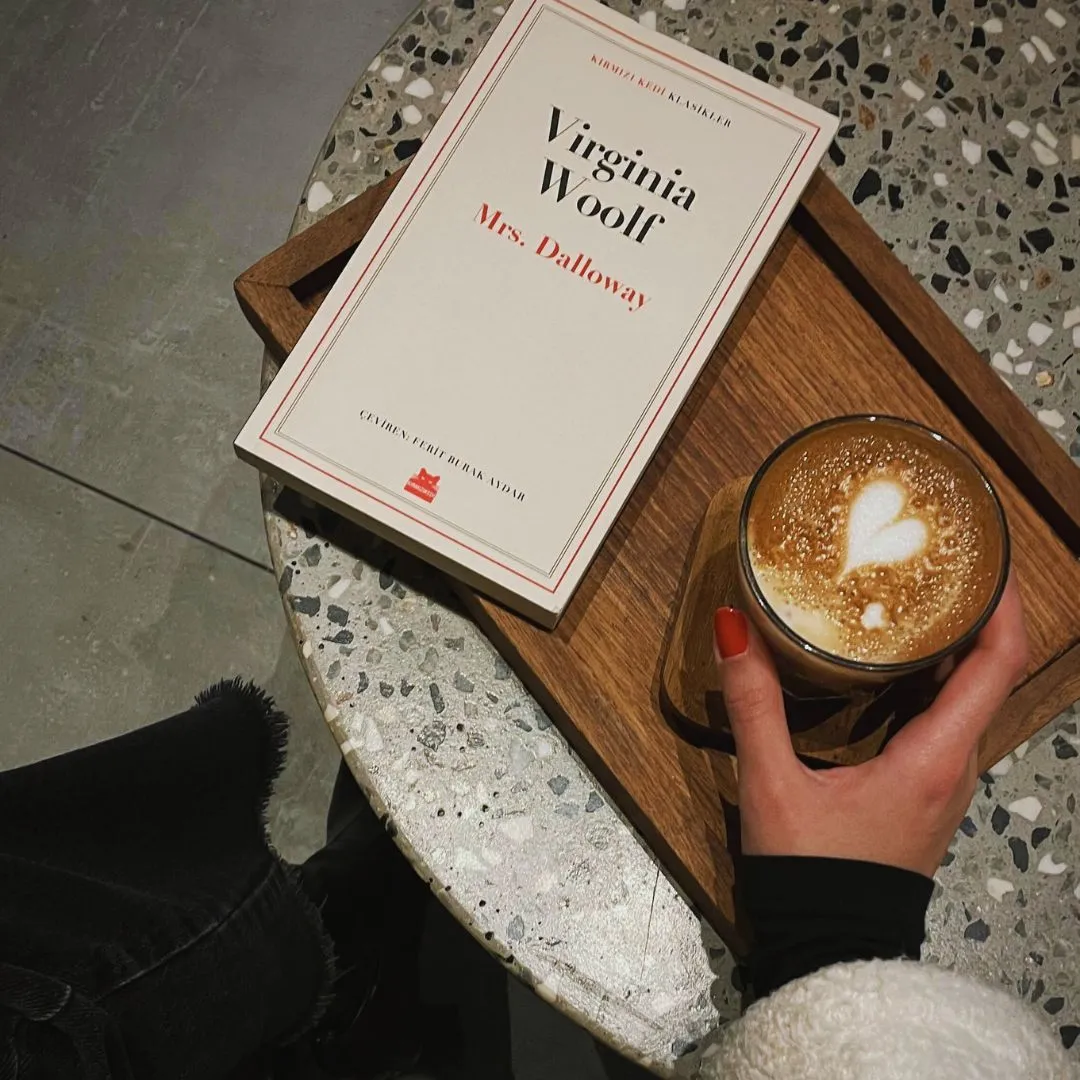
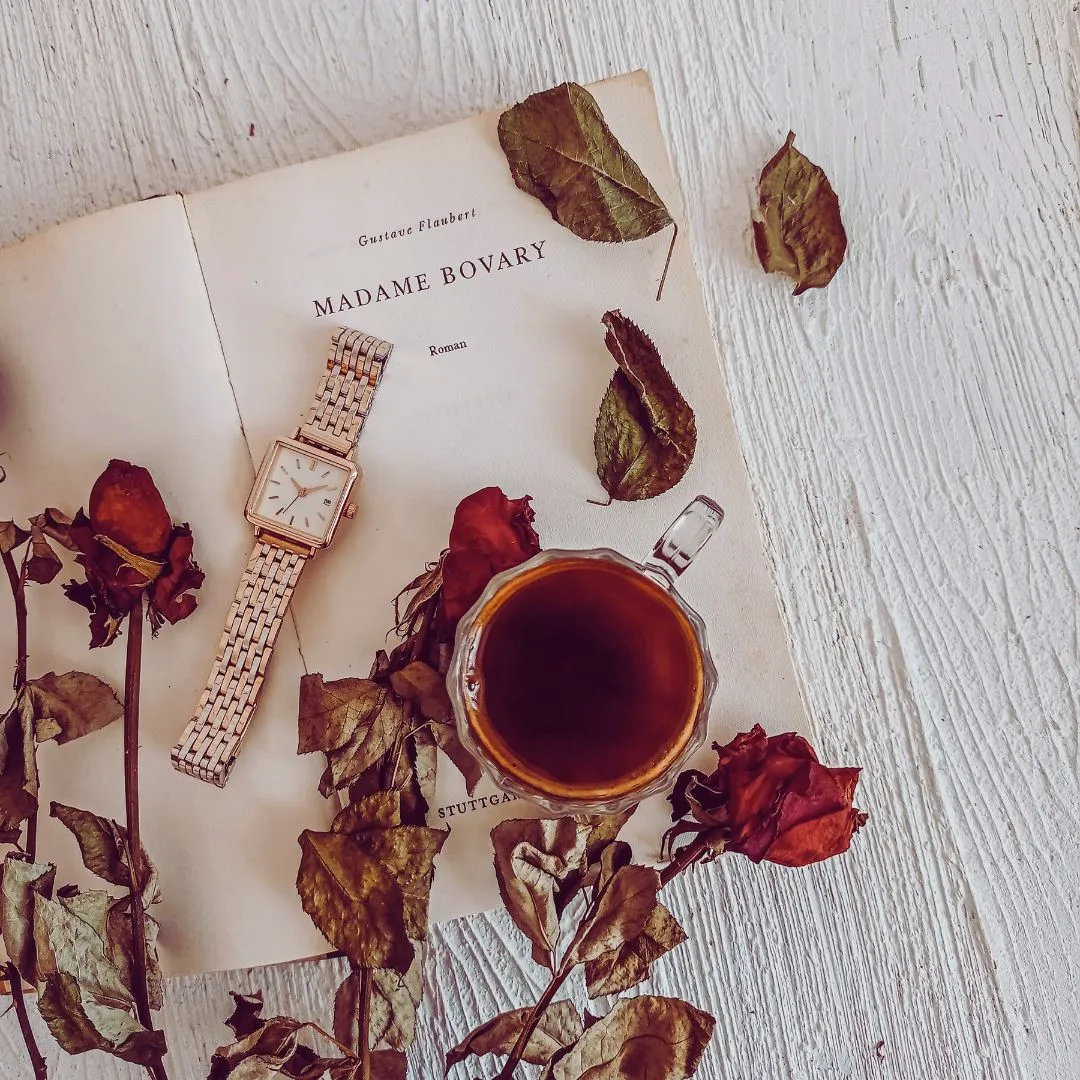
It’s all visually appealing and beautiful, but it makes you wonder, are we really feeling the weight of these stories, or just creating a vibe to fit into a trend? Do we acknowledge and understand the pain of Mrs. Dalloway and Madame Bovary as housewives? Do we really get the mental agony of Esther in The Bell Jar? Do we understand the twisted psyche of the characters in My Dark Vanessa? Or is it just for the sake of aesthetics? Maybe, here is something for you to think about…
Wrapping Up!
Sad girl literature is a hugely popular reading trend right now and honestly, I think it’s a good thing. These stories bring attention to mental health, identity struggles, social taboos, and female experiences in a way that feels personal and real. And yes, on social media, a lot of it gets wrapped up in aesthetics; soft lighting, muted tones, and sad women in vintage outfits but maybe that’s not a bad thing. If those visuals are helping people connect with the stories or feel inspired to pick up a book they might not have otherwise, then that’s a win-win situation.
Also, I think it’s actually kind of powerful to find beautiful ways to express pain, even if it’s through a carefully styled photo or reel. At the end of the day, the fact that people are engaging with these stories and talking about these issues is what really matters.
If you want to hear my thoughts on specific sad girl books, I have just posted book review of Annie Bot by Sierra Greer which also relates to the genre.
Bonus Section – Sad Girl Book Recommendations
Below is the list of some fan-favorite “sad girl” books along with some really underrated titles that no one talks about!
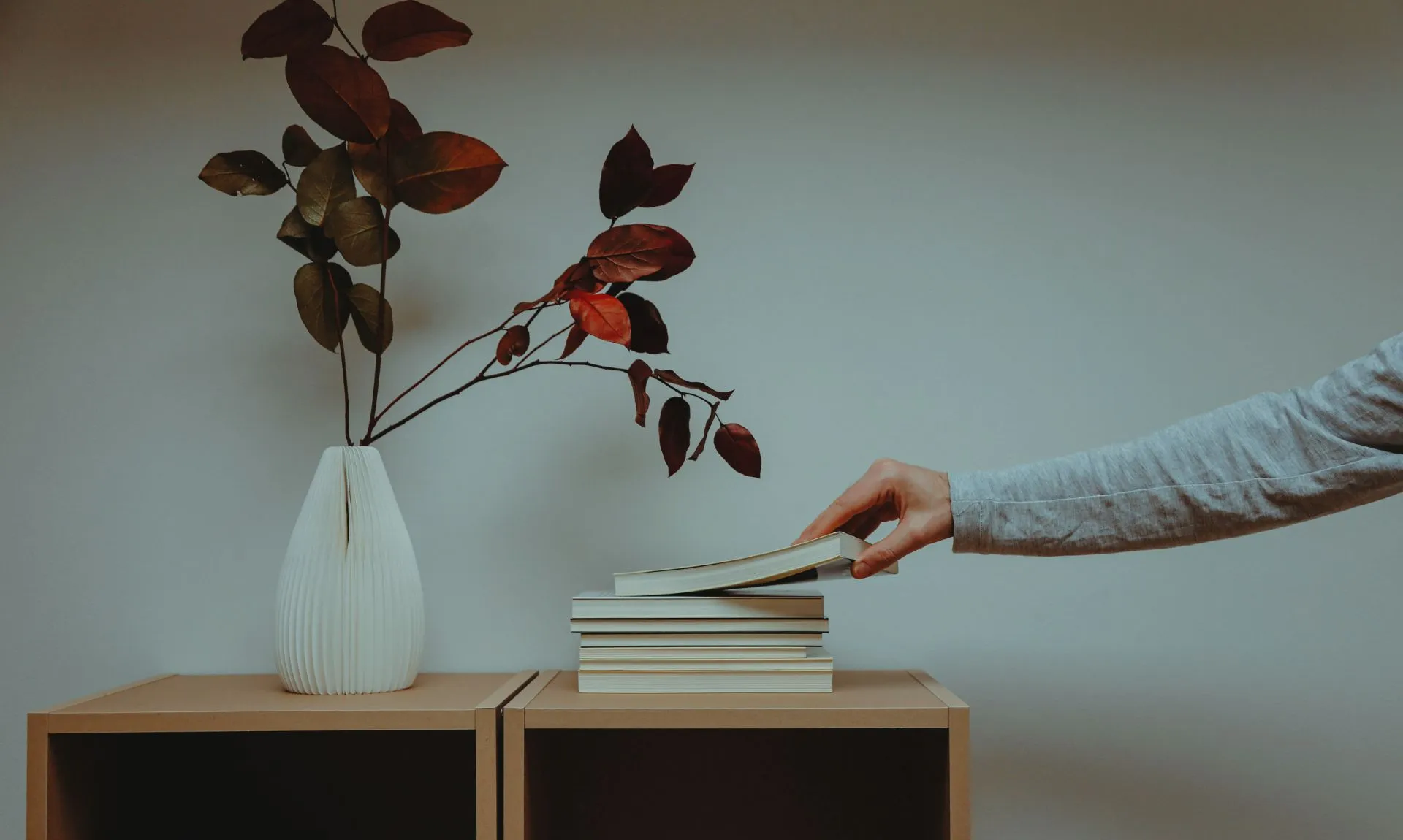
My Dark Vanessa by Kate Elizabeth Russell is a story about a young student in love with her professor. The book speaks of her grooming, the importance of consent, and the complexities surrounding intimate relationships. This book is still one of the most hyped-up contemporary sad-girl fiction and for all the right reasons!
My Last Innocent Year by Daisy Alpert Florin is also a story about a young student in love with her professor and facing the tragic outcomes of her innocent desires. The book is different than My Dark Vanessa but it surely is perfect for the fans, quite underrated as you will barely find any reviews online.
The Consequence of Anna by Kate Birkin and Mark Bornz is a Pulitzer Prize nominee historical novel based on real-life events. It follows a young woman struggling with an undiagnosed mental illness that not only affects her own life but also deeply impacts her family members. Another underrated gem.
Speak by Laurie Halse Anderson is a novel about a young rape victim who struggles to survive in her post-traumatic state.
The Hours by Michael Cunningham tells the story of three women, each battling with her own unique mental health struggles. While their lives are separated by time, their inner turmoil connects them in deeply moving ways. I have mentioned the book multiple times because yes it deserves all the attention!
Freud’s Mistress by Karen Mack and Jennifer Kaufman is an underrated novel about Freud’s relationship with his sister-in-law Minna. It is told from Minna’s perspective which is quite tragic and unsettling.
Brag of My Heart: The Last Hours of Sylvia Plath by Andrew Liddle is a re-imagining of Sylvia Plath’s last night and her thoughts before she committed suicide. The book is quite underrated but beautifully written, perfect for Plath’s fans.
The Bell Jar by Sylvia Plath is a semi-autobiographical novel about a woman who suffers from bipolar disorder and has to stay in a mental institution. The book has a huge fan base and it literally defines the sad girl genre.
Madame Bovary by Gustav Flaubert is a classic novel about a married woman who is deeply unsatisfied with her life. Quite an underrated book but a very accurate depiction of a sad girl trapped in a conventional patriarchal society.

